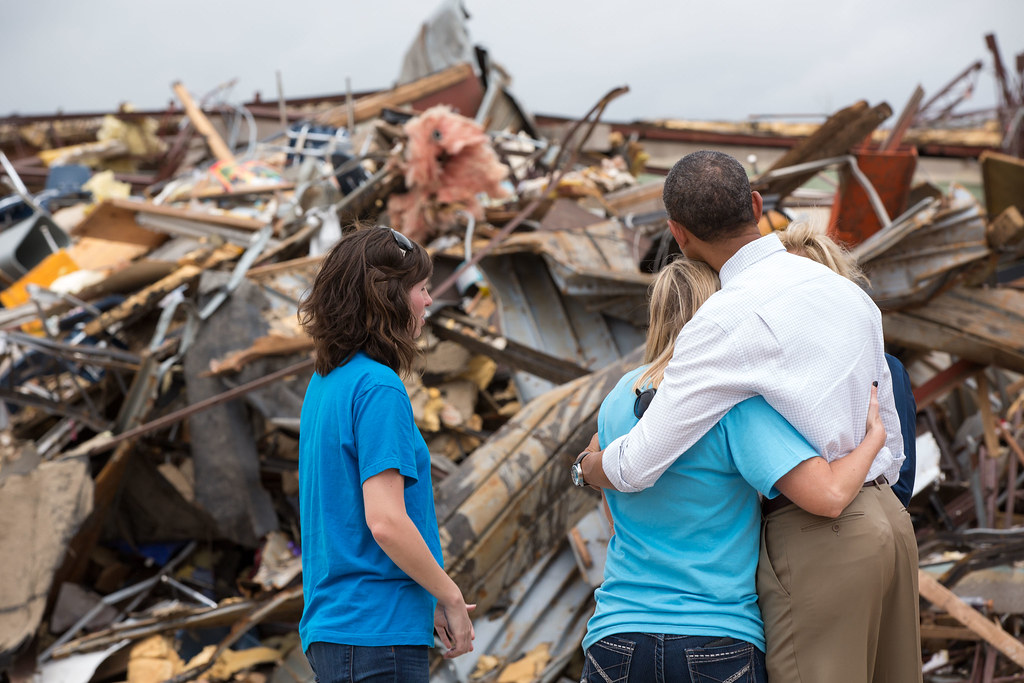Moore’s Tragic History with Nature’s Fury
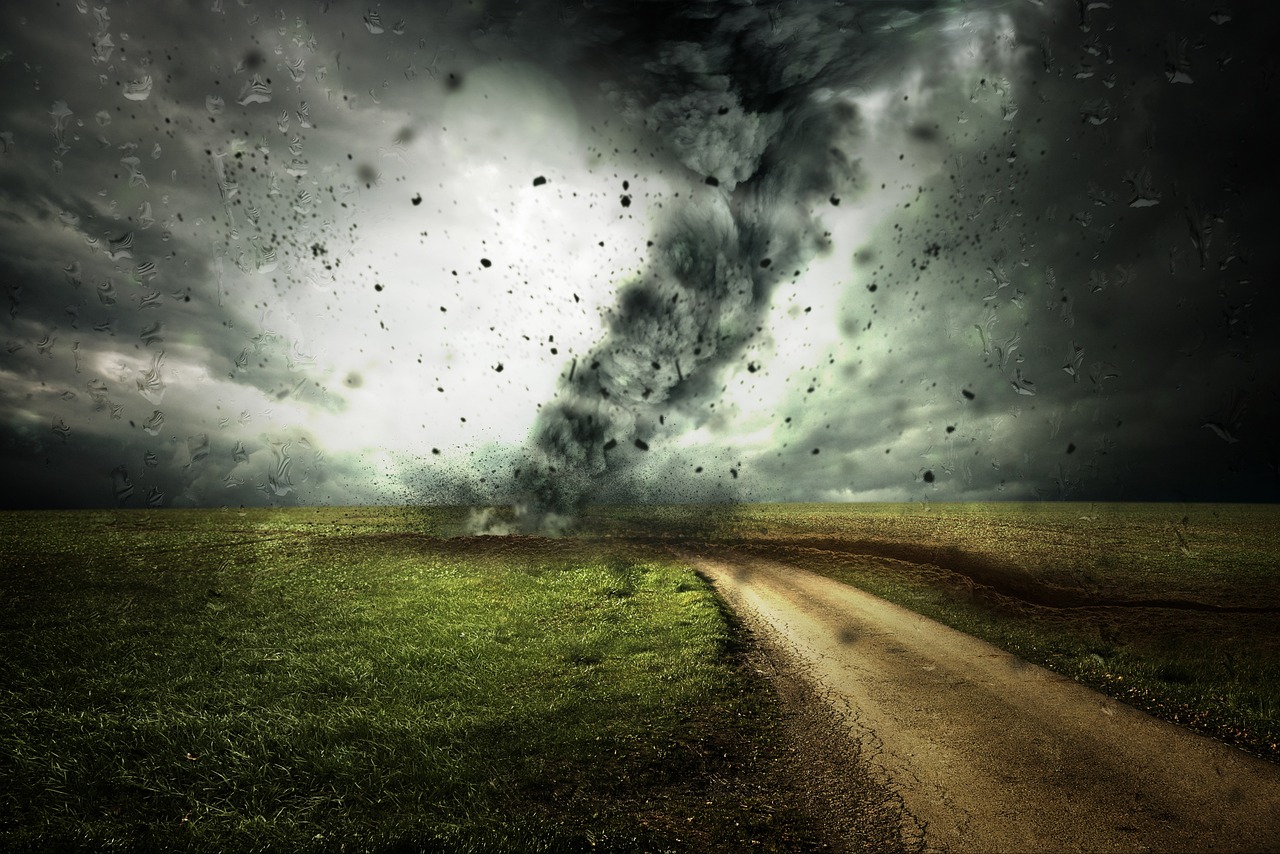
What would you do if your town had been hit by deadly tornadoes more than two dozen times? Moore, Oklahoma has survived 24 tornadoes since record keeping began, creating a haunting reputation as one of America’s most tornado-struck communities. About 800 homes in the Oklahoma City suburb were destroyed or damaged in 1999 by a powerful F5 tornado, with wind speed peaking near 300 miles per hour. But here’s what’s remarkable – they didn’t just rebuild once, they kept rebuilding, again and again.
The Community That Refuses to Give Up
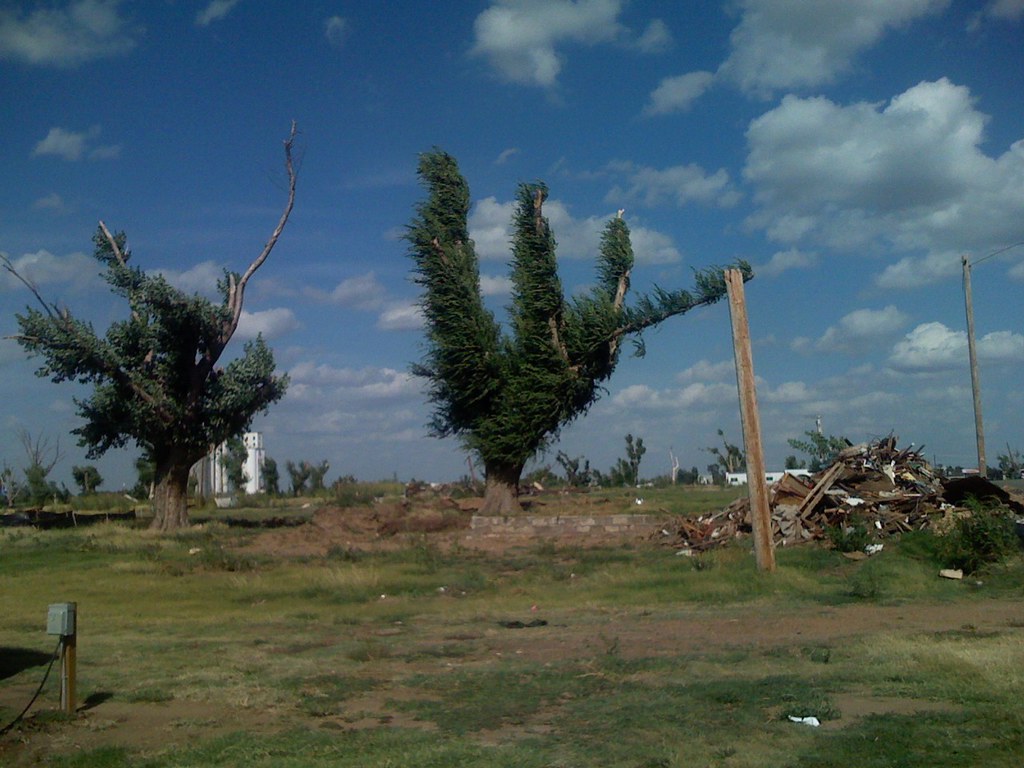
The people of Moore, Oklahoma, are used to rebuilding. For many, Moore is home. It’s not defined by its tragedies, but by how it rebuilds after them. Residents wear their tornado history like a badge. They’ve lived through the worst the sky can throw, and they’re still here. The numbers tell the story of resilience – Moore is currently growing at a rate of 0.22% annually and its population has increased by 1.1% since the most recent census, which recorded a population of 63,054 in 2020. Despite the repeated natural disasters, people keep choosing to call Moore home.
The 2013 Disaster That Changed Everything
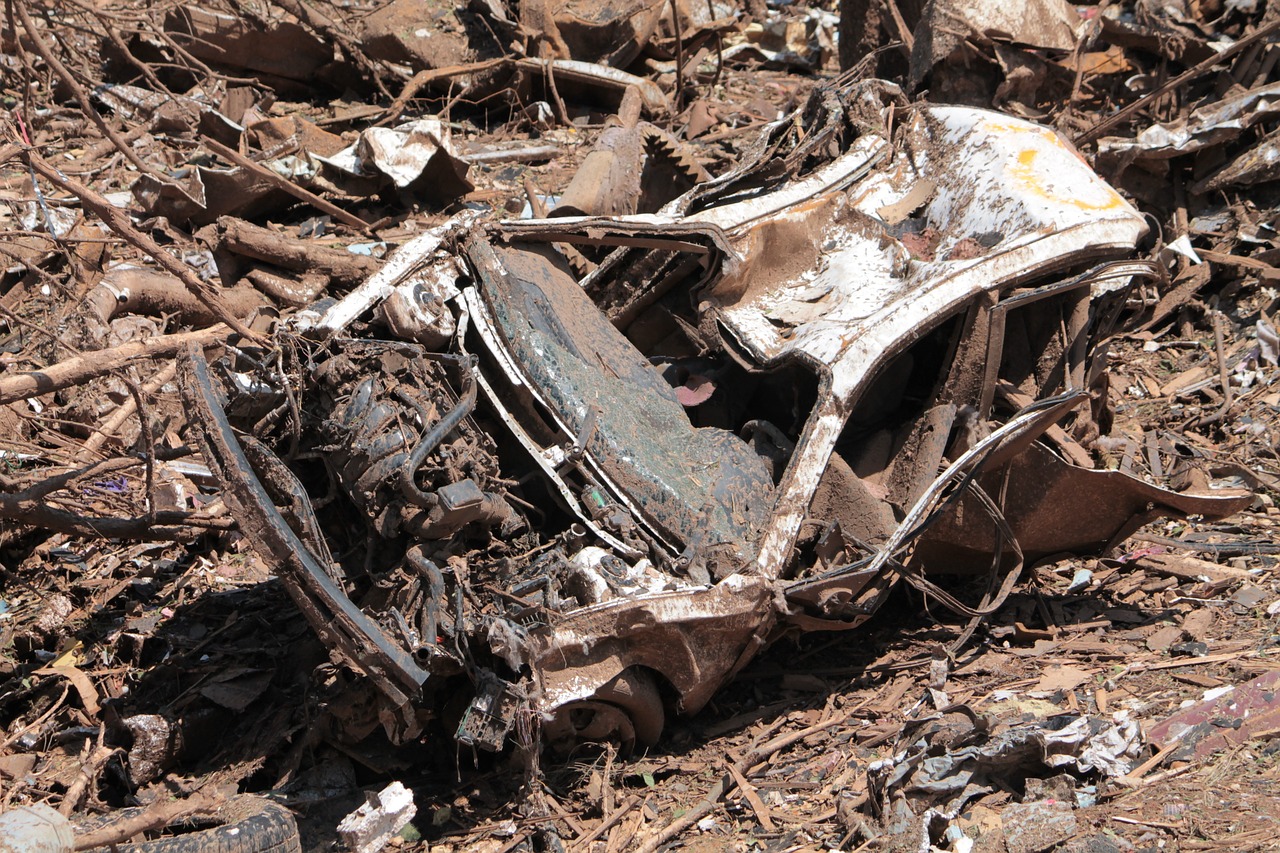
Twenty-five people, including seven children, died when an EF-5 tornado hit Moore on May 20, 2013. The tornado caused billions of dollars in damage. Now, 10 years later, Moore has led the way when it comes to rebuilding after disasters. The tornado struck on May 20, 2013, touching down at 2:56 p.m. CDT and lasted for approximately 40 minutes. It traveled 14 miles, primarily through the densely populated city of Moore, Oklahoma, and reached a width of 1.1 miles at its peak. The tornado claimed the lives of 24 people and injured over 200 people. This disaster became the catalyst for revolutionary change in how communities can rebuild smarter.
Building Codes That Actually Work

In 2014, Moore became the first city in Oklahoma to require more stringent building codes. Garage doors, which are the weakest point of a house, are now more reinforced at Moore homes and are required to withstand 135 mph winds – or an EF-3 tornado. The low-cost, adding roughly $3,000 for new construction, of their 12 code changes has made the shift towards resilient construction accessible for local residents, especially those with insurance to cover construction costs. The practical changes include hurricane clips, special nails, and connecting the foundation all the way to the roof – simple modifications that save lives.
The Science Behind Moore’s Tornado Magnetism
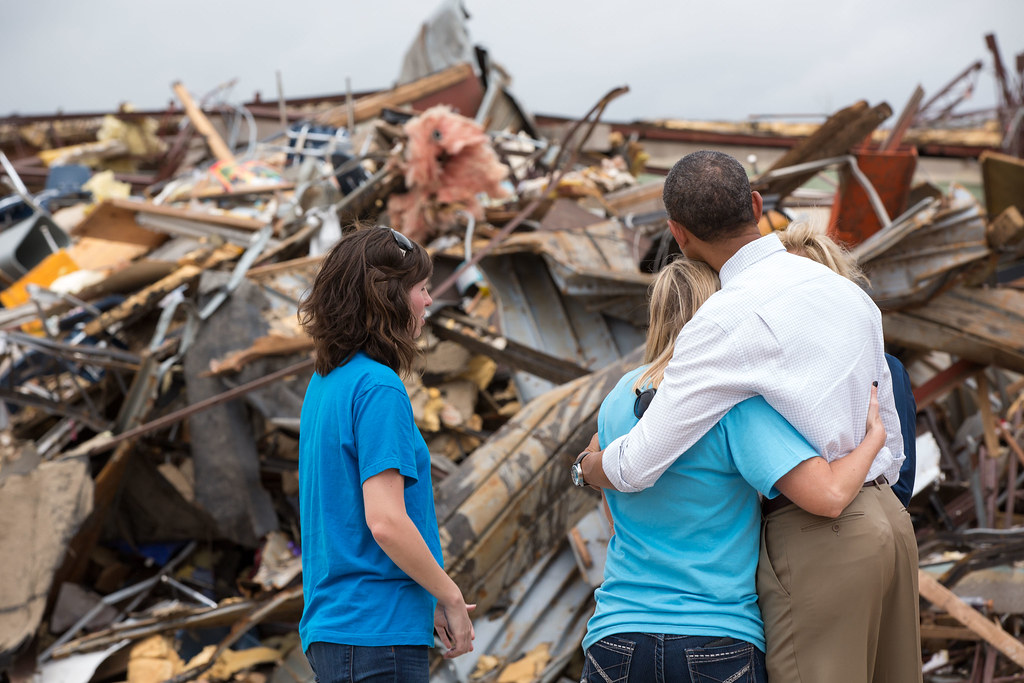
Why does Moore keep getting hammered by tornadoes? Moore sits in the heart of Tornado Alley, the meeting point of warm, moist air from the Gulf of Mexico and cool, dry air from the Rockies. Tornado expert Dr. Greg Forbes suggested that Moore’s position relative to the dryline – a north-south boundary separating dry and moist air – might be key. As storms form west of Oklahoma City and move east, they intensify. Forbes hypothesized that even a slight rise in elevation near Moore could be just enough to trigger the final drop of funnel to ground. Yet scientists still can’t fully explain why this specific patch of earth attracts such devastating storms.
Revolutionary Safe Room Requirements
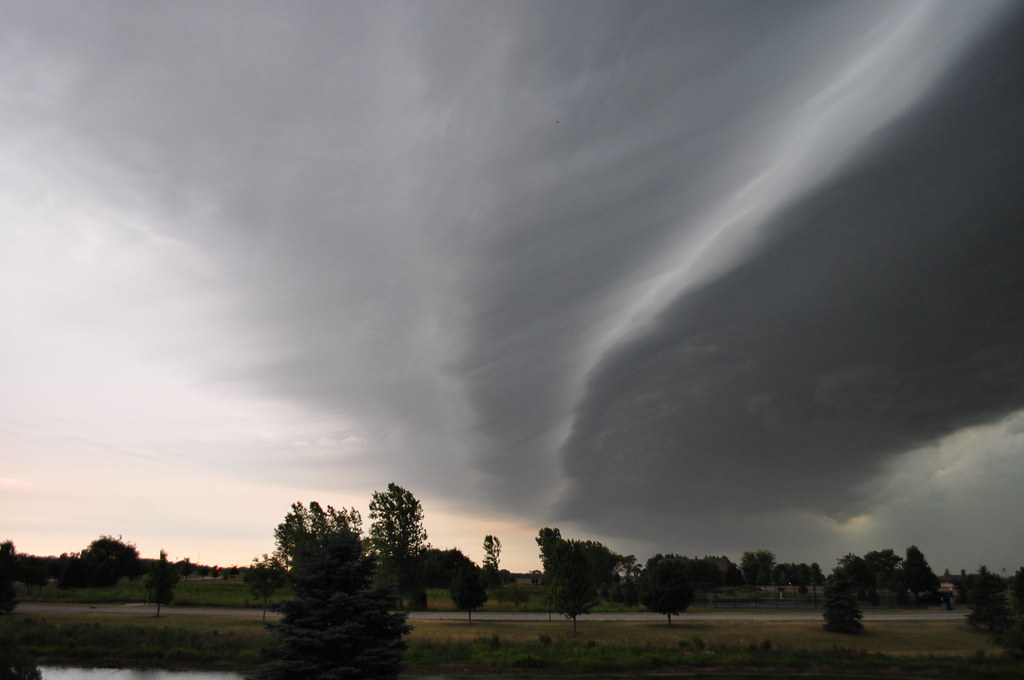
Moore didn’t just rebuild – they revolutionized safety. As a result of the devastating tornado, there are now an estimated 5,500 registered residential storm shelters in the city. In March 2014, Moore became the first city in the nation to address the potential impact of tornadoes on homes by adopting stringent new building codes. As of 2019, all Moore Public School sites have engineered safe rooms for their students and staff. These aren’t just concrete boxes – they’re engineered marvels that can withstand the fury of even EF5 tornadoes. Studies demonstrate that a safe room can survive winds as high as 250 miles per hour, providing what FEMA calls “near-absolute protection.”
Testing the Limits of Construction
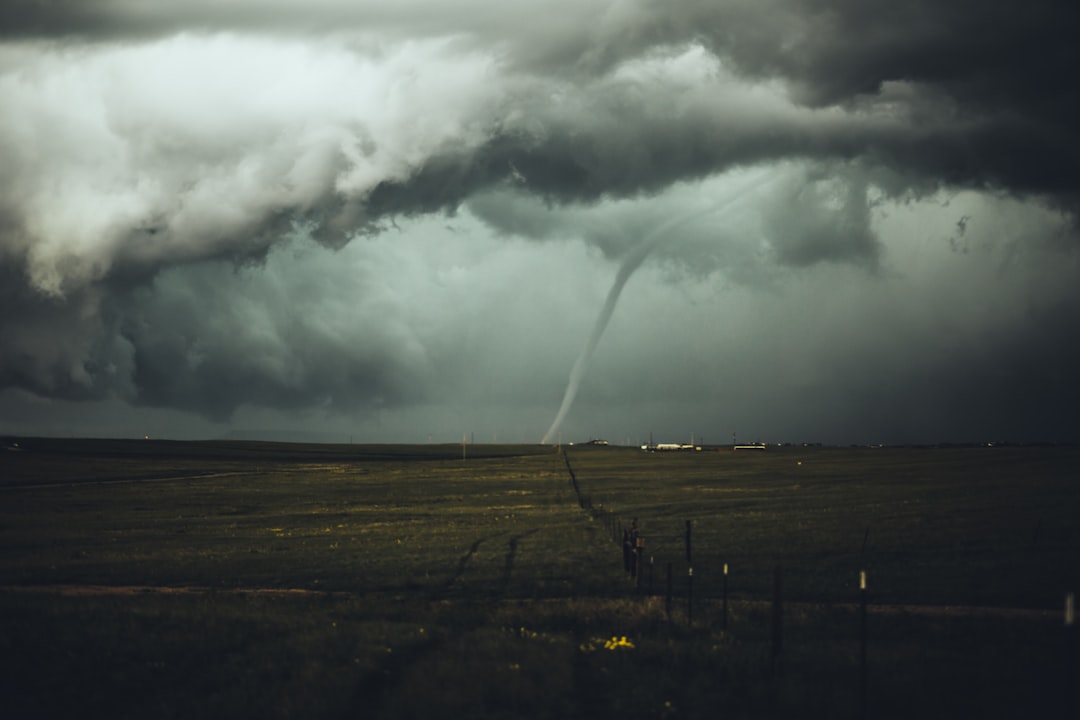
Some of the same homes that were rebuilt, using the new code, were hit, and they did not receive the amount of damage that a non-fortified home received. So we know it works. All above ground storm shelters survived the Moore OK 2013 EF5 tornado. In some cases, all that was left after the tornado passed were the shelters. The proof isn’t just in engineering reports – it’s written in the survival stories of families who weathered the storm in properly built safe rooms. In my 15 years of doing storm damage research and storm shelter research, we have never documented any deaths or injuries in above ground tested safe-rooms or failures of tested safe-rooms.
Population Growth Despite Repeated Disasters
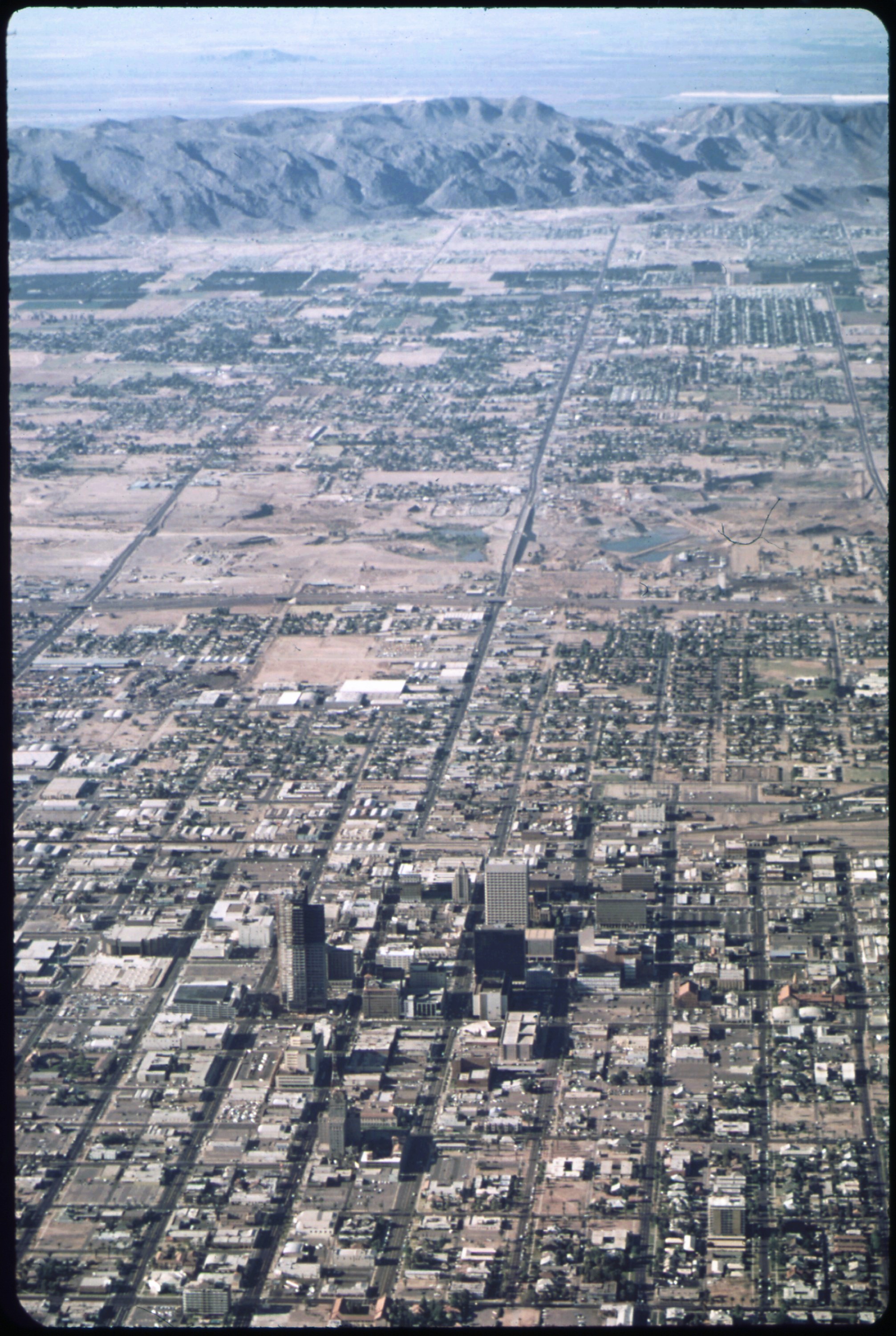
Here’s something that defies logic – Moore keeps growing. In 2023, the population of Moore was 63,470, a 0.43% increase year-by-year from 2022. Over the last 20 plus years, between 2000 and 2023, population of Moore increased by 21,993. In this period, the peak population was 63,470 in the year 2023. The numbers suggest that the population has not reached its peak yet and is showing a trend of further growth. Over the last 10 years, the city says they’ve ended each year with a growing population. People aren’t fleeing Moore – they’re moving there, drawn by the community’s resilience and improved safety measures.
The Economics of Disaster-Proof Living
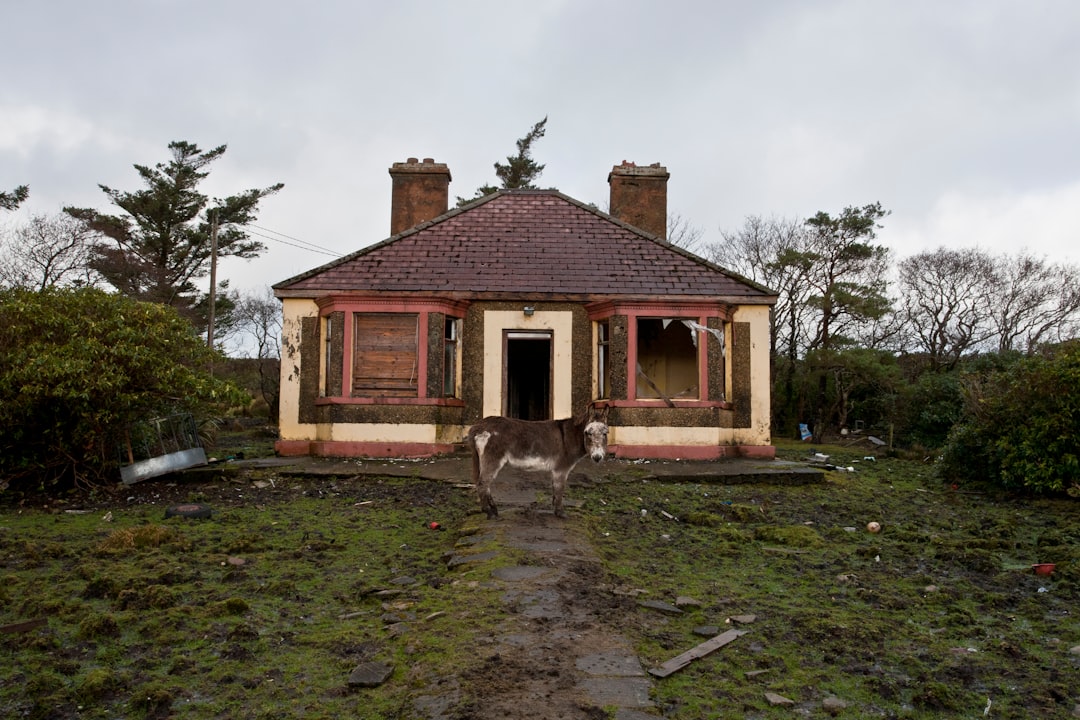
Moore’s rebuilding strategy balances safety with affordability. What we try to do is [find the] balance where you can increase resiliency, but not make it cost prohibitive for somebody to rebuild, explains a local official. The average household income in Moore is $94,289 with a poverty rate of 10.63%. Safe room construction costs vary depending on a number of factors including size and type of safe room. Construction industry experts estimate the cost to range from $3,000 to $8,000 or more. The state even offers rebate programs to help families afford these life-saving improvements.
When Disaster Strikes Again
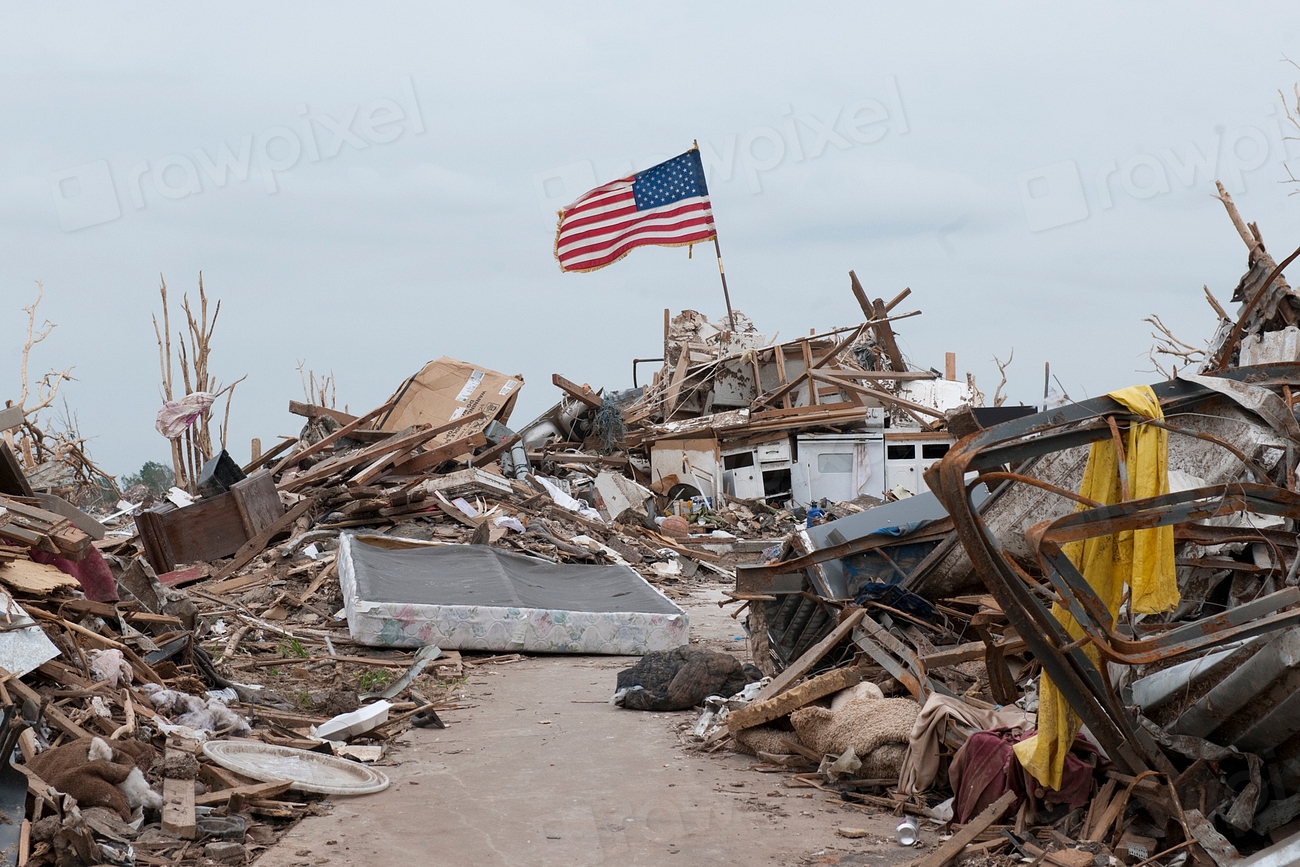
The tornado that touched down in Moore, Oklahoma, on Wednesday was the fifth to hit the small city in as many years. Although no one was seriously hurt this time, the twister triggered painful memories. “It has been kind of like deja vu,” Mayor Glenn Lewis told The Moore Daily, a local news outlet. As of 2025, Moore hasn’t been hit by a tornado in nine years. For residents, that’s both a relief and a warning. In this town, quiet never lasts. Yet each time disaster strikes, Moore’s response gets faster, smarter, and more effective.
The Underground vs Above Ground Debate
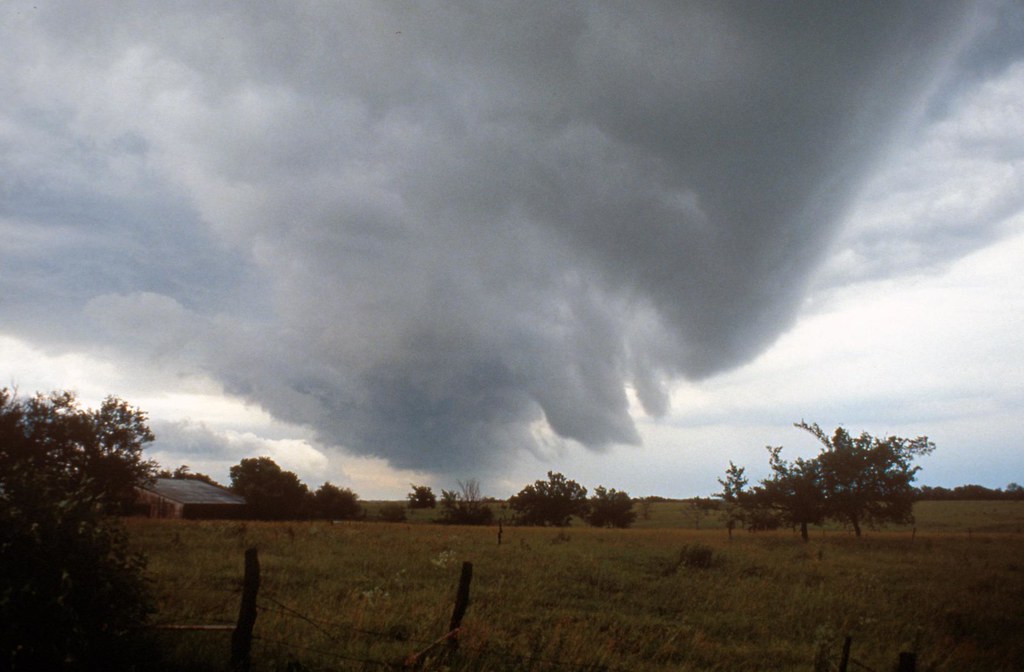
Tanner said above ground shelters have had a hard time catching on in Oklahoma, where people have been told for decades that the safest place during a tornado is underground. This just isn’t true. FEMA states that if a shelter is built to their specifications it doesn’t matter if it’s above or below ground as far as survival rate. Above ground shelters are more useful because they can be used as storage sheds if they are outside and closets if they are safe rooms built into the house. Underground shelters also have stairs, which can cause access problems for the disabled or older people who have trouble with mobility. It is also easier to get pets into an above ground shelter. Above ground shelters are also less susceptible to leaving those inside trapped after a storm.
Moore as a National Model
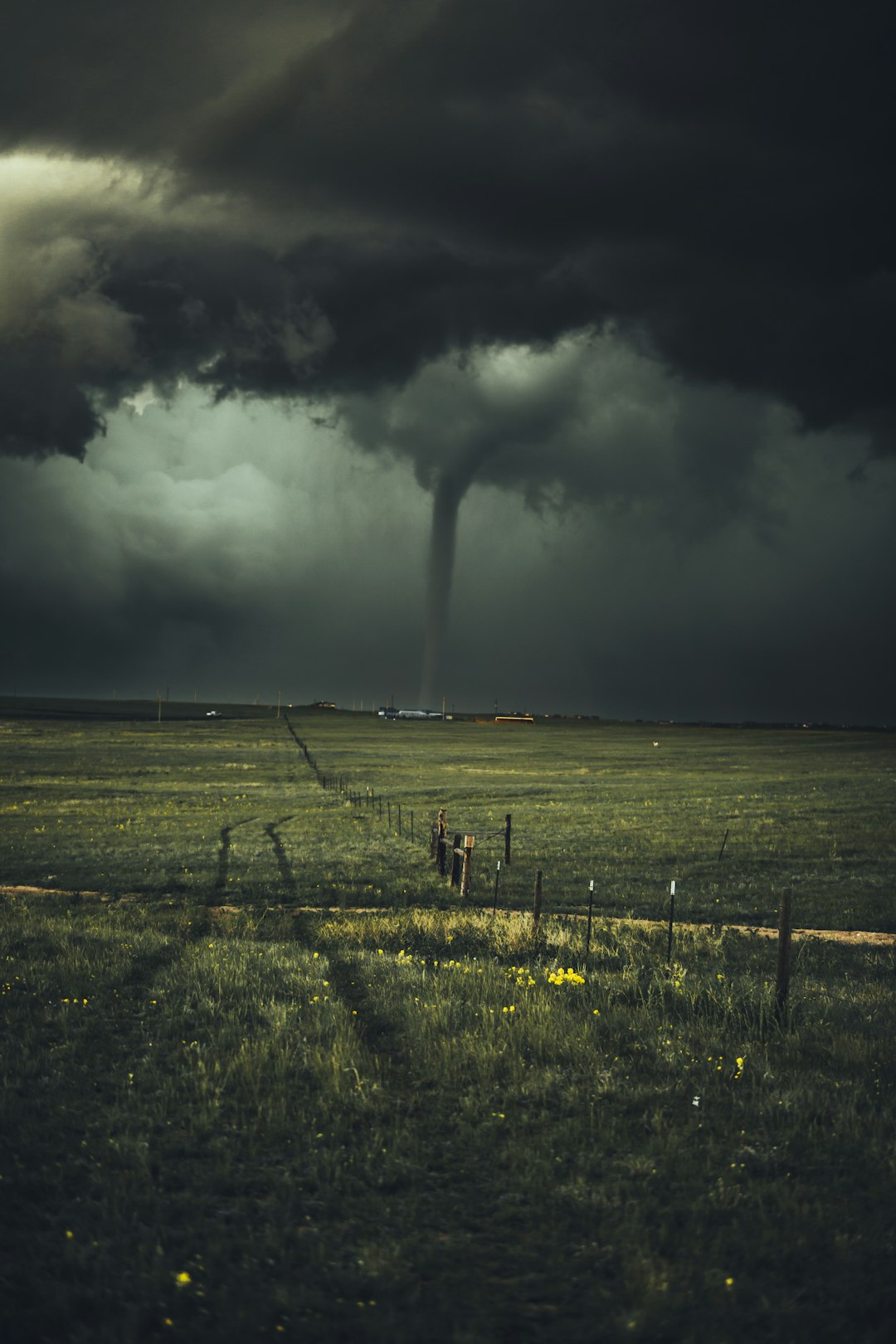
I think it’s really important to understand what Moore Oklahoma has done; they are probably the shining example of what can happen after a really awful event, says a research meteorologist. Moore is stronger and safer, as well as a model of how to rebuild better. While both Joplin and Moore have been success stories by rebuilding after their tragic tornadoes and even growing their populations, officials warned that residents can face severe financial barriers to rebuilding. Moore’s approach of low-cost, high-impact building improvements has become the blueprint for other tornado-prone communities across America.
The Human Cost of Resilience
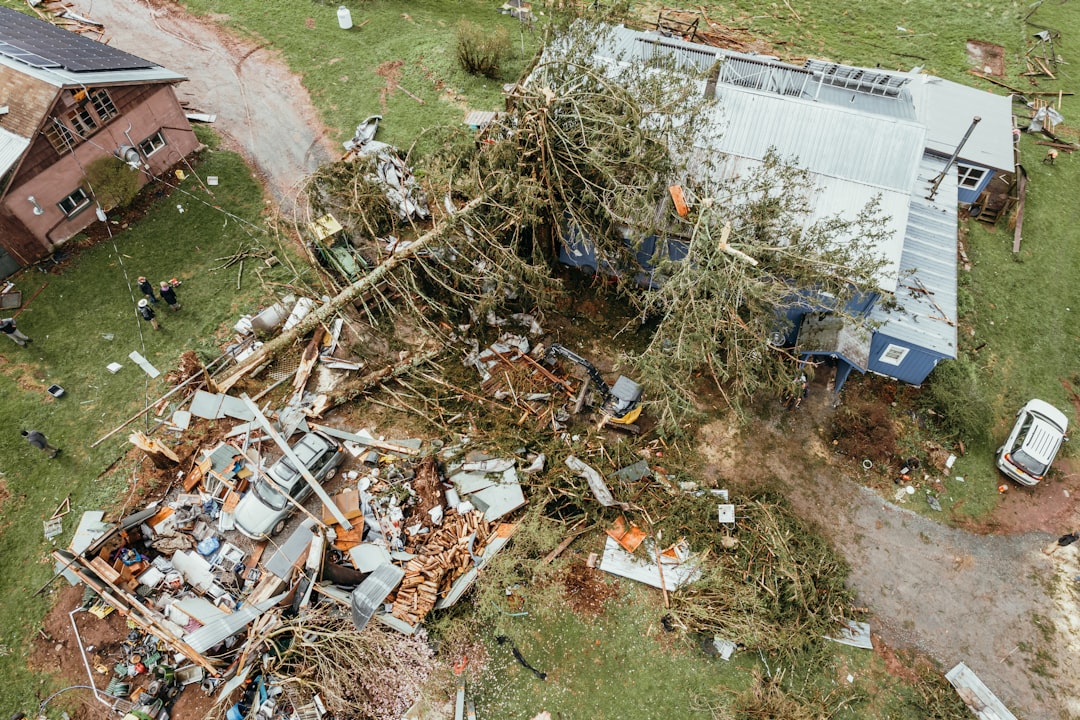
The terror was too much for some residents, and they aren’t rebuilding, because they’re not coming back. Last year’s cyclone injured 353 of them, and Moore is as prime target for twisters, right in the middle of “tornado alley.’ Not everyone who experiences these tragedies chooses to stay and rebuild. Only those who have access to insurance and education really are going to return to normal, or do better, notes a disaster management expert. The emotional toll of repeatedly rebuilding your life can’t be measured in building codes or population statistics.
Looking Forward
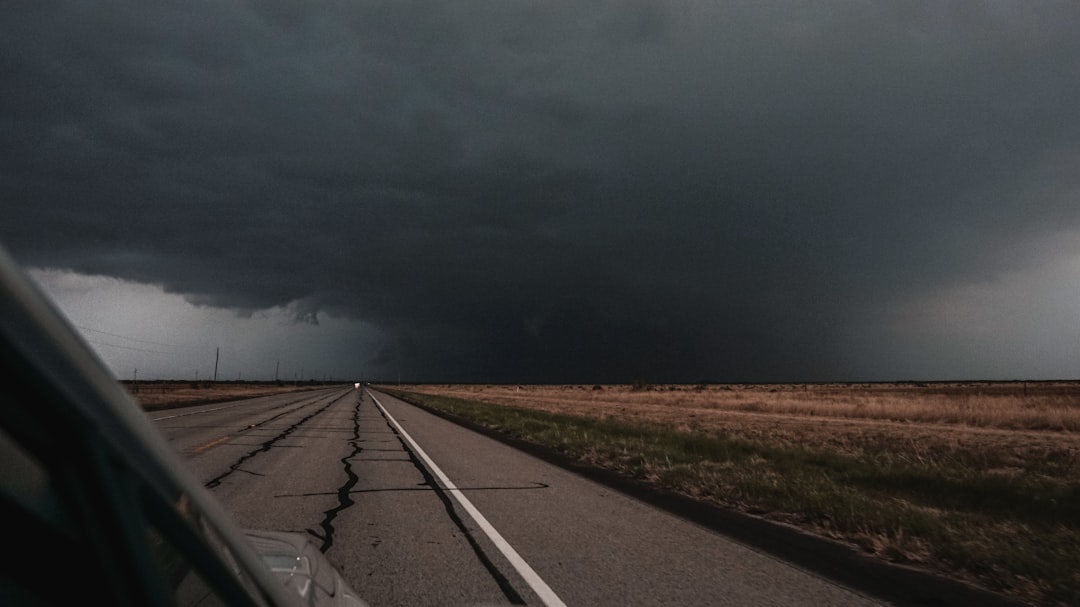
The term Moore Strong originated in the aftermath of the tornado. This isn’t just a slogan – it represents a community philosophy of turning tragedy into triumph. The 2025 projected population for Moore is 64,012. This projection assumes an annual rate of change of 0.4%, consistent with the population change from 2022 to 2023 according to the US Census Bureau’s 2023 Population Estimates Program. Moore continues to grow, attract new residents, and refine its approach to disaster-resistant living. The question isn’t whether another tornado will hit Moore – it’s whether the town will be ready when it does. Based on their track record, the answer seems clear.

